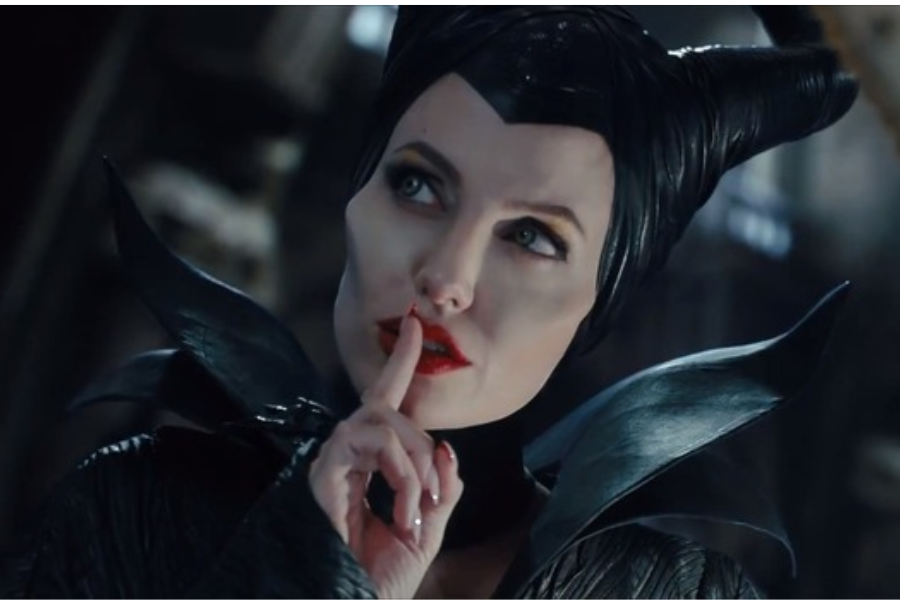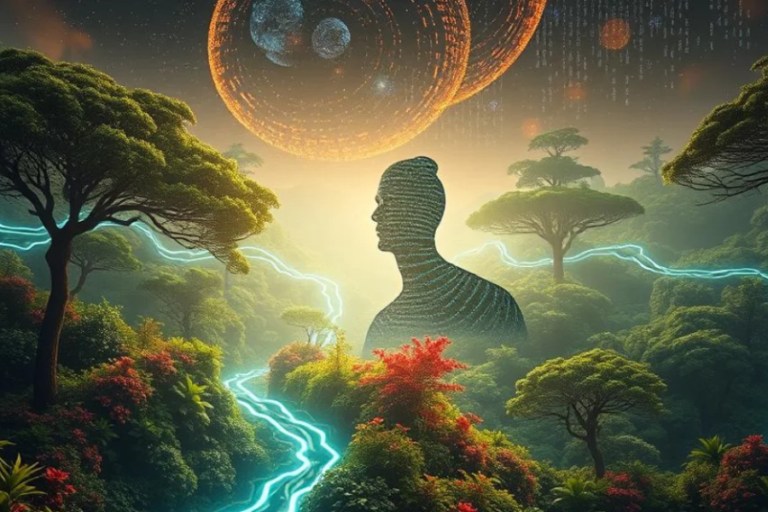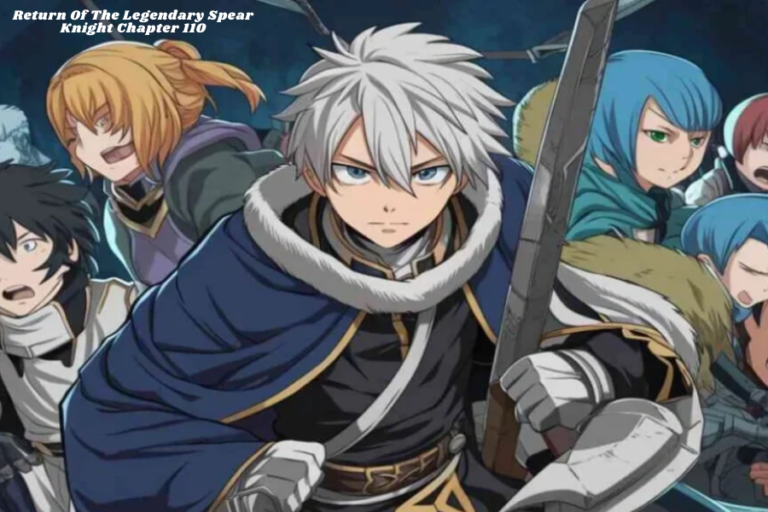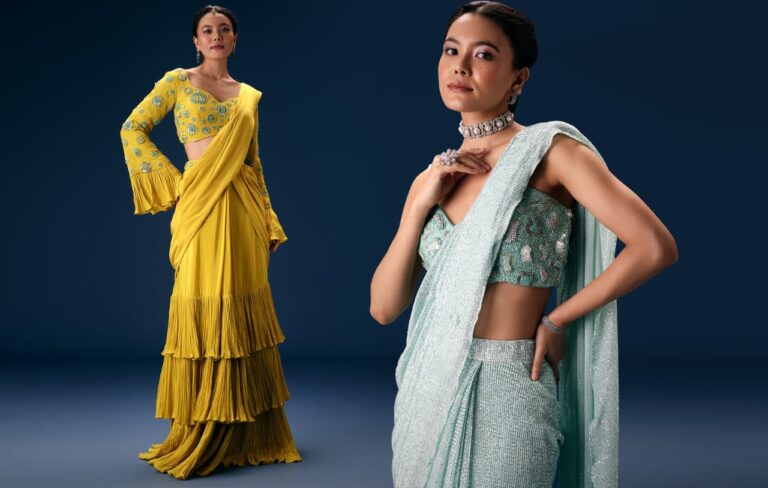Introduction: Maleficent Wouldn’t Be a Lackey
In the captivating universe of Disney villains, Maleficent reigns supreme, radiating an aura of power that has enthralled audiences across generations. Unlike the typical villain who may be satisfied with lurking in the shadows, Maleficent demands attention and respect, solidifying her status as one of Disney’s most unforgettable characters. But what is it that sets her apart? Why is it that Maleficent wouldn’t settle for being a lackey, even in a realm where many villains succumb to the whims of their masters?
In this blog post, we will delve deep into Maleficent’s intricate character and examine the reasons behind her refusal to adopt the traditional henchman role often seen in Disney narratives. We will explore her character evolution, motivations, and the impact she has had on Disney’s portrayal of villains. By the end of this article, you will gain a richer appreciation for Maleficent’s distinctive position within the Disney universe. Let’s embark on this journey!
Defining a Lackey
To fully comprehend why Maleficent wouldn’t be a lackey, we must first define what a lackey represents in the context of Disney villains. In simple terms, a lackey is a subordinate villain who blindly follows orders, serving as a mere extension of a more dominant antagonist. Lackeys are typically characterized by their eagerness to please, lack of independent thought, and their readiness to perform the dirty work for their superiors.
Disney offers numerous examples of villains who fit this lackey mold. Consider Mr. Smee from “Peter Pan.” He remains loyal to Captain Hook, carrying out his orders without question and showing no ambition to challenge his superior. Similarly, LeFou from “Beauty and the Beast” plays the role of a bumbling sidekick to Gaston, providing unwavering support without any personal agenda.
These lackeys serve to highlight the primary villain’s power while adding comedic relief or depth to the story. However, their presence starkly contrasts characters like Maleficent, whose complexity and autonomy set them apart in the hierarchy of Disney villains.
Maleficent’s Character Evolution
Maleficent’s character has undergone remarkable transformations throughout Disney’s history, evolving from a one-dimensional villain in the animated classic “Sleeping Beauty” to a deeply nuanced figure in the live-action adaptation. In the original film, Maleficent is portrayed as a powerful sorceress fueled by revenge. Her formidable presence and relentless pursuit of Princess Aurora make her a fearsome character, but her motivations remain rather simplistic—she seeks retribution for being excluded from Aurora’s christening.
Fast forward to the live-action film “Maleficent,” and we witness a profound shift in the portrayal of this iconic villain. The movie reimagines Maleficent as a sympathetic figure whose actions are motivated by betrayal and a desire for redemption. This reimagining explores her backstory, revealing how her once-noble heart was hardened by betrayal, leading her down a darker path. This transformation adds multiple layers to her character, making her more relatable to audiences.
Maleficent’s evolution from a singularly focused antagonist to a multifaceted character challenges the traditional archetype of Disney villains. This change reflects Disney’s broader trend toward crafting multidimensional characters that resonate more deeply with viewers.
Analysis of Maleficent’s Motivations
To grasp why Maleficent wouldn’t be a lackey, we must analyze her motivations. In the live-action film, Maleficent’s actions are propelled by her quest for empowerment and redemption. Unlike a lackey who simply follows orders, Maleficent’s decisions are shaped by her personal quest for justice and healing.
The film presents Maleficent as a character who has experienced profound wrongs and seeks to reclaim her strength. Her motivations are deeply rooted in her past experiences, providing depth to her character and enabling audiences to empathize with her struggles. The theme of redemption plays a crucial role in her character arc, as she navigates the consequences of her actions and ultimately discovers a path to forgiveness.
This distinction from the conventional lackey role is evident in how Maleficent approaches challenges. She is not one to simply follow commands; rather, she takes control of her destiny, making choices based on her own values and desires. This autonomy further separates her from other villains and reinforces her refusal to be subordinate to anyone.
Impact on Disney’s Villain Archetypes
Maleficent’s character evolution has significantly influenced Disney’s portrayal of villains. Her transformation from a straightforward antagonist to a nuanced character with depth signifies a notable shift in storytelling that prioritizes complexity and emotional resonance. This shift has impacted how Disney constructs its villains, moving away from simplistic depictions of evil toward characters who possess relatable motivations and internal conflicts.
The influence of Maleficent on Disney’s villain archetypes is evident in subsequent films that emphasize the backstories and motivations of antagonists. Characters such as Elsa from “Frozen” and Dr. Facilier from “The Princess and the Frog” exemplify this more nuanced approach to villainy, where the lines between good and evil are often blurred. This evolution reflects a broader trend within Disney to create stories that resonate with contemporary audiences, emphasizing complexity and authenticity.
By redefining what it means to be a villain, Maleficent has paved the way for future storytelling that challenges traditional archetypes and encourages viewers to engage with characters on a deeper emotional level.
The Reception and Future of Maleficent
The live-action film “Maleficent” received a mixed reception from both audiences and critics. Some praised the film for its innovative approach to the character and its exploration of themes such as redemption and empowerment, while others criticized it for deviating too far from the original fairy tale. Regardless of its reception, the film succeeded in reigniting interest in Maleficent and solidifying her status as one of Disney’s most iconic villains.
Looking ahead, speculation surrounds Maleficent’s continued presence within the Disney universe. With the success of the live-action film and its sequel, “Maleficent: Mistress of Evil,” it seems likely that Disney will continue to explore her character in various forms of media. Whether through additional films, television series, or other storytelling methods, Maleficent’s enduring popularity indicates that her narrative is far from complete.
As Disney continues to expand its universe, opportunities abound to further delve into Maleficent’s character and her role within the broader narrative. By continuing to challenge traditional villain archetypes and emphasizing complexity and depth, Disney can engage audiences in fresh and exciting ways.
WMC SC-4002-6: The Paradox of Power
As we discuss Maleficent’s refusal to be a lackey, it is interesting to draw parallels to the concept of WMC SC-4002-6, a product that exemplifies empowerment through innovation. Just as Maleficent asserts her strength and refuses to be subservient, the WMC SC-4002-6 serves as a testament to the idea of taking control. This device symbolizes a departure from ordinary tools, much like Maleficent departs from the archetypal role of a Disney villain.
The WMC SC-4002-6 encourages users to harness their potential and assert their individuality. In the same vein, Maleficent’s character evolution invites audiences to reconsider their perceptions of power, autonomy, and what it truly means to be a villain. Both the character and the product highlight the importance of self-determination and the courage to carve out one’s unique path.
Conclusion
In conclusion, Maleficent’s refusal to act as a lackey is deeply rooted in her character evolution, motivations, and her significant impact on Disney’s portrayal of villains. Her transformation from a one-dimensional antagonist to a complex character reflects a broader shift in storytelling that emphasizes nuance and emotional depth. By redefining what it means to be a villain, Maleficent has paved the way for future narratives that challenge traditional archetypes and encourage viewers to engage with characters on a deeper emotional level.
For movie enthusiasts, Disney fans, and lovers of fantasy, Maleficent’s journey serves as a powerful reminder of the potential within compelling villains and the importance of character development in storytelling. Her lasting influence and popularity within the Disney universe underscore the significance of multifaceted villains in capturing the imaginations of audiences.
As we continue to explore the enchanting world of Disney and its iconic characters, we invite readers to share their thoughts on Maleficent’s character evolution and the impact of complex villains in storytelling. Engaging in these discussions allows us to appreciate the artistry and creativity that define the magic of Disney.
Frequently Asked Questions
Why doesn’t Maleficent act as a lackey?
Maleficent’s character is motivated by her desire for empowerment and justice, granting her autonomy in her decisions.
How has Maleficent changed in Disney’s live-action films?
She evolves from a traditional villain to a multidimensional character with relatable motivations and depth.
What is the significance of Maleficent’s character arc?
Her transformation emphasizes the importance of redemption and personal agency, challenging typical villain roles.
How has Maleficent influenced other Disney villains?
Maleficent’s portrayal has opened doors for more nuanced villains like Elsa and Dr. Facilier, focusing on their backstories and complexities.
What themes are explored in Maleficent’s story?
Key themes include empowerment, redemption, and the intricacies of good versus evil, resonating with modern audiences.
Stay connected for the latest news and updates on fashionbirthday














+ There are no comments
Add yours